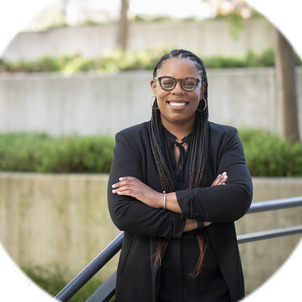I also teach the graduate class on hypersonics at Stanford Engineering. I’m a member of the U.S. Air Force Reserves at Travis Air Force Base, and I also serve in the U.S. Air Force Reserves Hypersonics Team.
I’ve always had a fascination with aeronautics and spaceflight. It started when I was a kid in Spain. My dad and I used to build stealth aircraft models together and he also gave me a deck of playing cards with fighter jets on them. Tinkering with those models and staring at the jets in those cards, like the X-15 or the SR-71, completely captivated me. As if that weren’t enough, my parents would often find me glued to the TV during Space Shuttle launches and landings. As a teenager going into high school and later into college, these experiences sparked my interest in physics, chemistry and math, hoping that someday I would be able to understand how those incredible machines worked.
My research in fluid mechanics and combustion is an outgrowth of that fascination. I joined Stanford because this place is a catalyst for ideas; they’re bubbling over here. I currently work on hypersonics, which is broadly centered on the aerodynamics and propulsion of aircrafts and spacecrafts crossing the atmosphere at very high speeds (more than 10 times faster than an airliner). My focus is the fundamental physics of the airflow around the fuselage of these systems, along with the combustion processes by which rockets, turboramjets and scramjet engines produce thrust. I use theory and computations, including massively parallel numerical simulations in supercomputers.
There are so many unknowns in my research field. Specifically, there’s a valley of death between theory and application – because they don’t tend to work together well. I dream of connecting the two using a strong foundation of fundamentals that I can apply to make a difference in the design, testing and evaluation of high-speed flight systems.
I’m very passionate about space exploration and national security, both of which are at the core of the work I do at Stanford Engineering. And that passion has carried over to my responsibilities as a citizen airman with the U.S. Air Force. It really is about service to the nation for me. It’s very gratifying to me to be around other people who also want to contribute something meaningful – and I learn so much from them. Each job in the Air Force takes years and years to do properly; it requires discipline and they’re very much masters of their craft. It makes me very happy to roll up my sleeves and do whatever is needed to get the mission done, and it’s really enlivening to be around other service members of many different backgrounds and perspectives.
Related spotlights

Lara Weed

Sebastian Fernández

